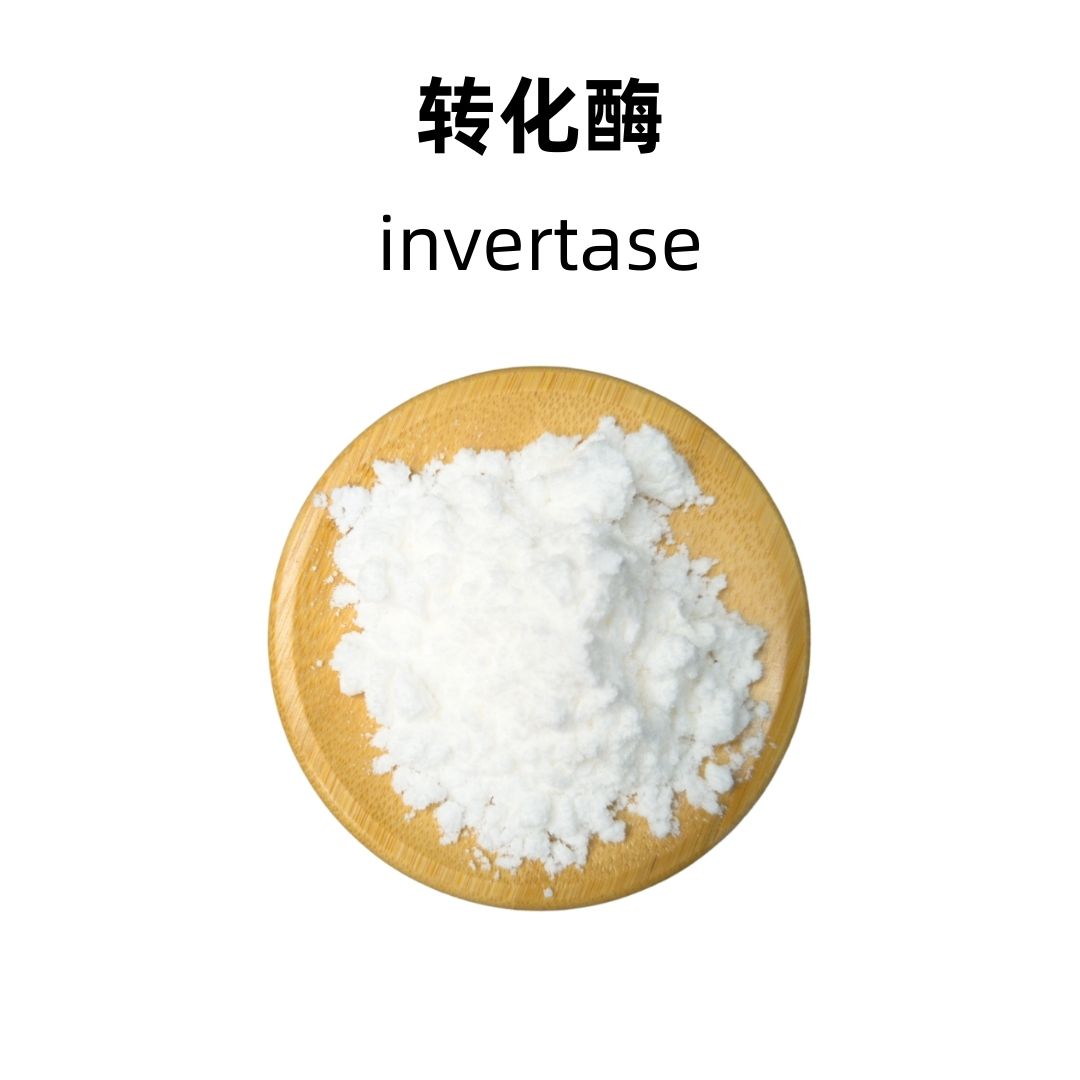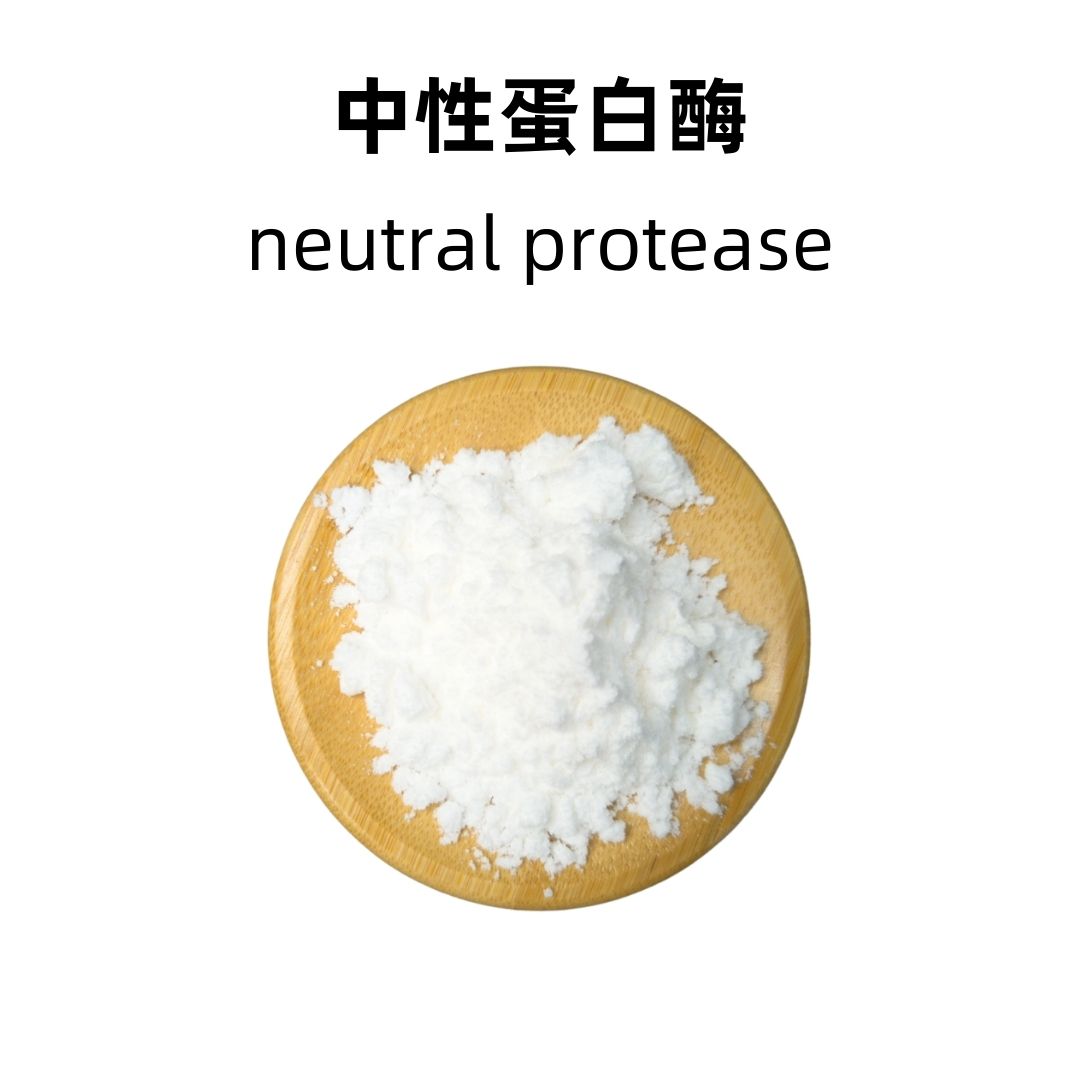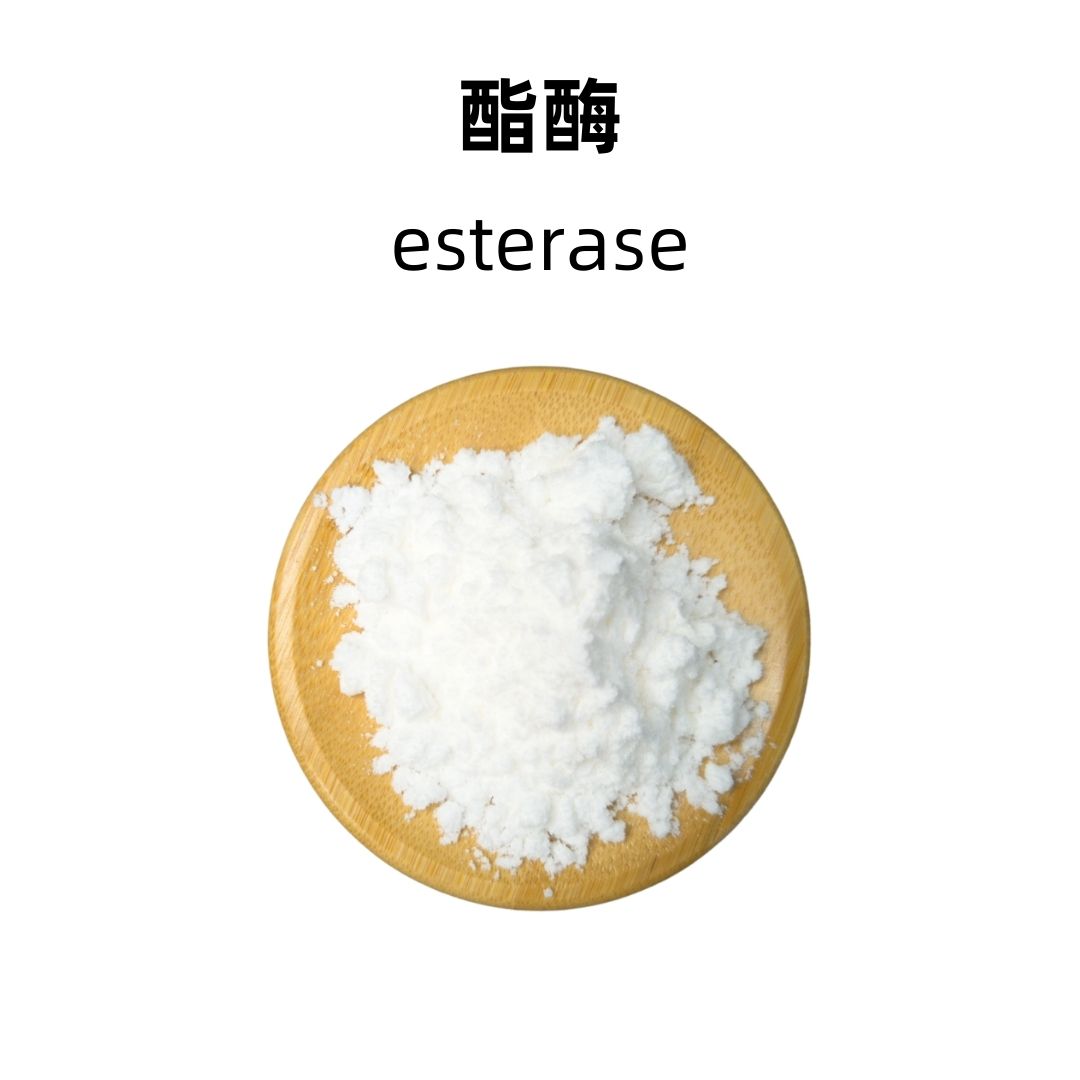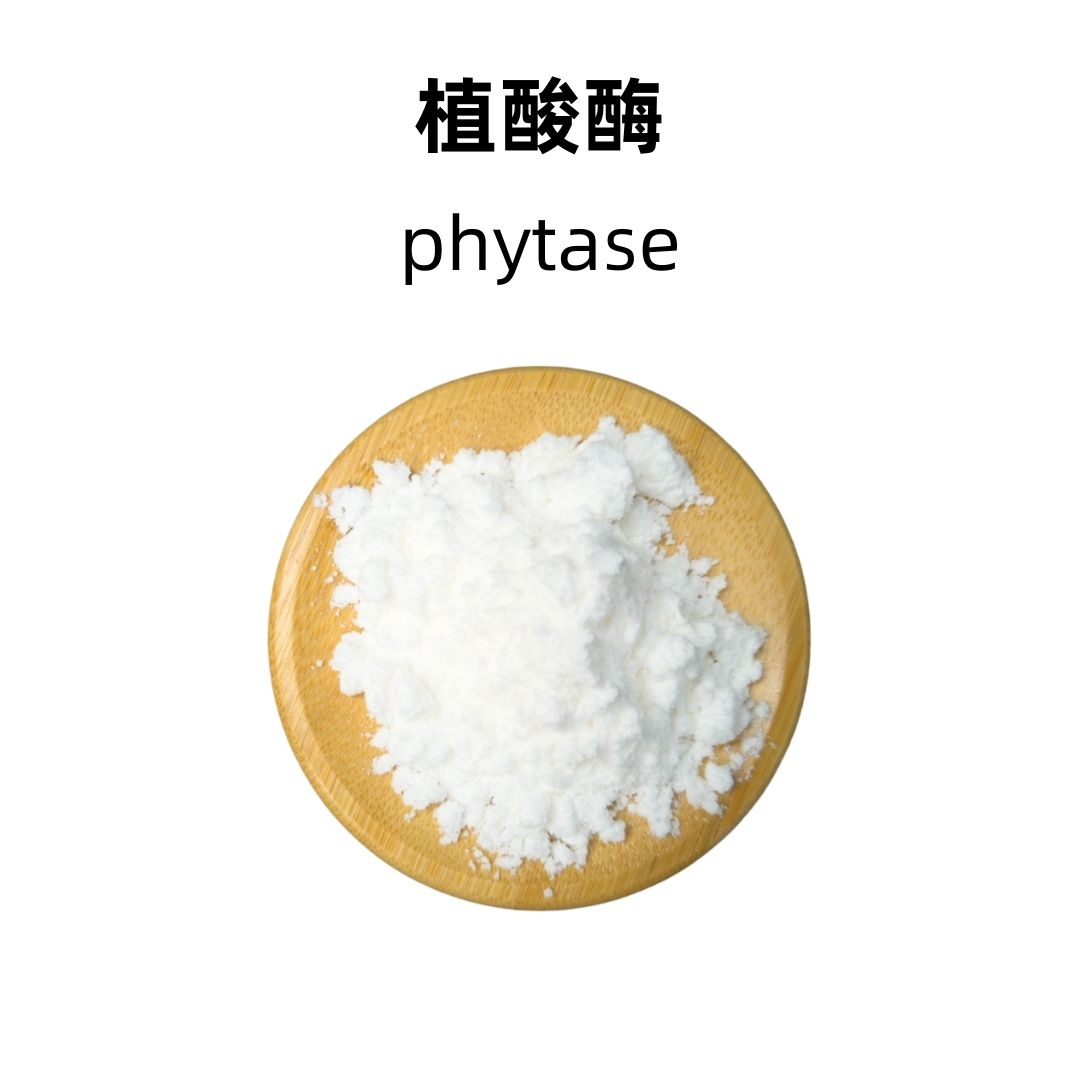Product Introduction
Deaminase is an enzyme that plays a crucial role in the amino acid metabolism process. It catalyzes the deamination of amino acids, allowing the conversion of amino groups into ammonia. This process is essential for the synthesis of various biomolecules and assists in nitrogen disposal in living organisms.
Production Process
The production of deaminase involves fermentation processes where specific microorganisms are utilized to produce the enzyme. These microorganisms are cultivated under controlled conditions, optimizing factors like temperature, pH, and nutrient availability. After fermentation, the enzyme is extracted and purified using chromatographic techniques, ensuring high purity and activity.
Effects and Functions
Deaminase works by facilitating the deamination reaction, which has several effects on metabolic pathways. It helps in the energy production by converting amino acids into intermediates for the Krebs cycle. Additionally, it regulates nitrogen balance in organisms, contributing to various physiological functions. The enzyme plays an important part in breaking down amino acids for use in energy production or the synthesis of other biomolecules.
Application Scenarios
Deaminase is widely used in the food industry for flavor enhancement and improving the nutritional profile of products. It is also applied in pharmaceuticals, where it aids in the development of amino acid-based drugs. In research laboratories, deaminase serves as a tool for studying amino acid metabolism and related biochemical pathways.
Packaging and Storage
Storage Conditions: The product should be sealed, protected from light, kept away from high temperatures, and stored in a dry, cool, and well-ventilated place.
Packaging: Bulk: 25 kg per fiber drum. Sample: 1 kg per aluminum foil bag. Custom packaging is available upon request.
Shipping Methods: FedEx, DHL, dedicated logistics, and sea freight consolidation.
Shelf Life: Two years.
Monica Sun possesses extensive technical expertise and market insights in the food additives industry. She excels in designing efficient and safe additive formulations tailored to various food applications, ranging from sweeteners to functional dietary fibers. Monica has successfully assisted food manufacturers in optimizing ingredient combinations to enhance product quality and improve consumer satisfaction.

















